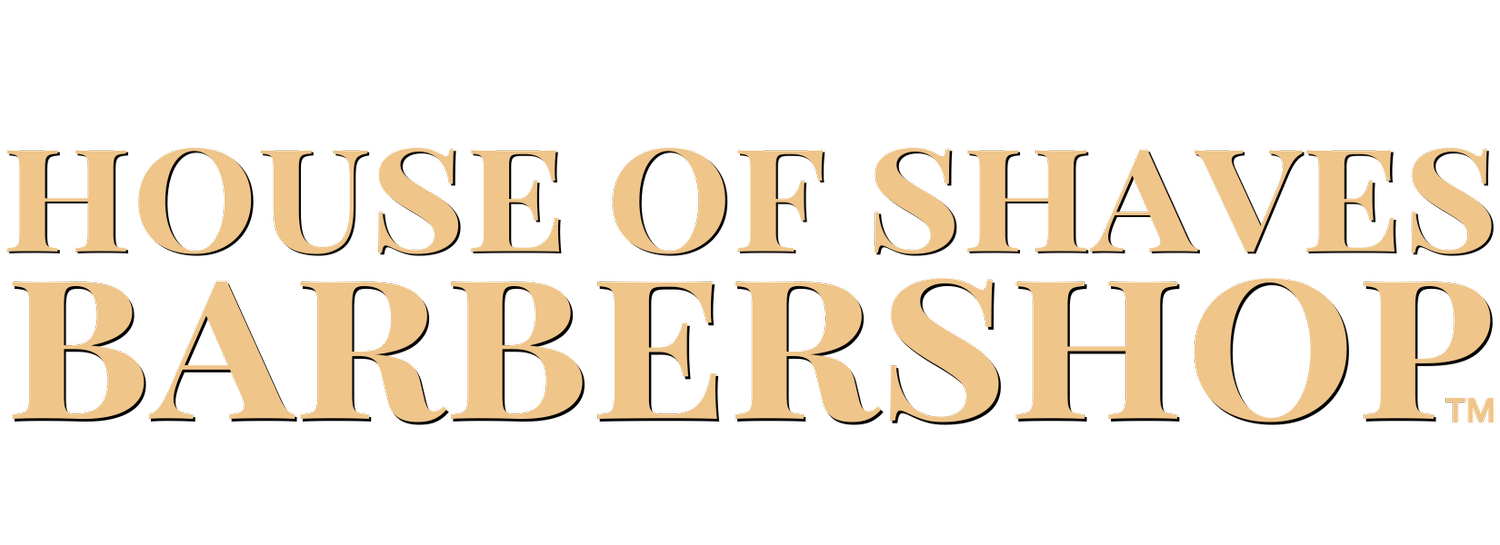Top 9 Harmful Chemicals in Hair Products: What You Need to Know
Maintaining healthy hair is essential for men who take pride in their appearance, but what if the products you're using to achieve that perfect style are actually doing more harm than good? Many commercial hair care products contain a cocktail of chemicals that can wreak havoc on your locks and even pose risks to your health and the environment. Here, we uncover nine common chemicals found in hair products that you, as a man, should steer clear of.
1. Sulfates
Why it is used? Sulfates such as SLS (sodium lauryl sulfate) and SLES (sodium laureth sulfate) are used to clean the dirt and excess oil on the scalp.
What it can cause: These harsh surfactants can cause allergic reactions, frizziness, and may act as hormone disruptors when used over time. Additionally, sulfates are harmful to the environment and aquatic species.
Example Product: Head & Shoulders Classic Clean Anti-Dandruff Shampoo (Contains Sodium Laureth Sulfate)
2. Parabens
Why it is used? Parabens are preservatives added to increase the shelf life of hair care products by preventing bacterial growth.
What it can cause: Parabens can mimic estrogen, potentially increasing the risk of cancer and disrupting hormone function.
Example Product: AXE Phoenix 2-in-1 Shampoo and Conditioner (Contains Methylparaben)
3. Polyethylene Glycols (PEGs)
Why it is used? PEGs, derived from petroleum, are used as thickening agents in hair care products.
What it can cause: While research is ongoing, experts suggest PEGs may have a damaging effect on the scalp.
Example Product: Dove Men+Care Fortifying 2-in-1 Shampoo + Conditioner (Contains PEG-12 Dimethicone)
4. Phthalates
Why it is used? Phthalates increase product spreadability and help fragrances adhere to the scalp and hair.
What it can cause: These endocrine disruptors can lead to early puberty in girls, reduced sperm count in men, and are harmful to the environment.
Example Product: Old Spice Swagger 2-in-1 Shampoo and Conditioner (May contain phthalates in the fragrance)
5. Triclosan
Why it is used? Triclosan, once common in antibacterial soap, is still found in some shampoos, toothpastes, and deodorants.
What it can cause: Known as a hormone disruptor, triclosan may accumulate in the body and contribute to toxicity.
Example Product: Suave Men 3-in-1 Shampoo, Conditioner, and Body Wash (May contain Triclosan)
6. Dimethicone
Why it is used? Dimethicone, a silicone, acts as a protective layer on hair shafts.
What it can cause: Over time, dimethicone can build up residue on the scalp, block moisture, and cause irritation.
Example Product: American Crew Daily Shampoo (Contains Dimethicone)
7. Alcohol
Why it is used? Alcohols are used as thickening agents in shampoos.
What it can cause: Certain alcohols can dry out hair and make it brittle.
Example Product: Redken Brews Daily Shampoo for Men (Contains Denatured Alcohol)
8. Fragrances
Why it is used? Synthetic fragrances are added for scent, but can contain a blend of toxic chemicals.
What it can cause: Synthetic fragrances may contribute to health issues such as cancer, reproductive problems, and asthma attacks.
Example Product: Jack Black Double-Header Shampoo + Conditioner (Contains Fragrance/Parfum)
9. Selenium Sulfide
Why it is used? Selenium sulfide is used to treat dandruff.
What it can cause: This compound is a proven carcinogen, with studies on mice showing tumor development.
Example Product: Neutrogena T/Gel Therapeutic Shampoo (Contains Selenium Sulfide)
What Ingredients Should Your Shampoo & Conditioner Contain?
Opt for sulfate-free formulas with mild surfactants. Look for nourishing oils like coconut, olive, jojoba, and palm oil in conditioners. Ingredients such as mango butter and shea butter can form a protective layer around hair cuticles. Choose products from brands that fully disclose their ingredients, we recommend products from GIBS Grooming.
In conclusion, being mindful of the ingredients in your hair care products is essential for maintaining healthy hair and minimizing potential risks to your health and the environment. By avoiding these nine chemicals and opting for natural, nourishing alternatives, you can support the long-term health and vitality of your locks.









